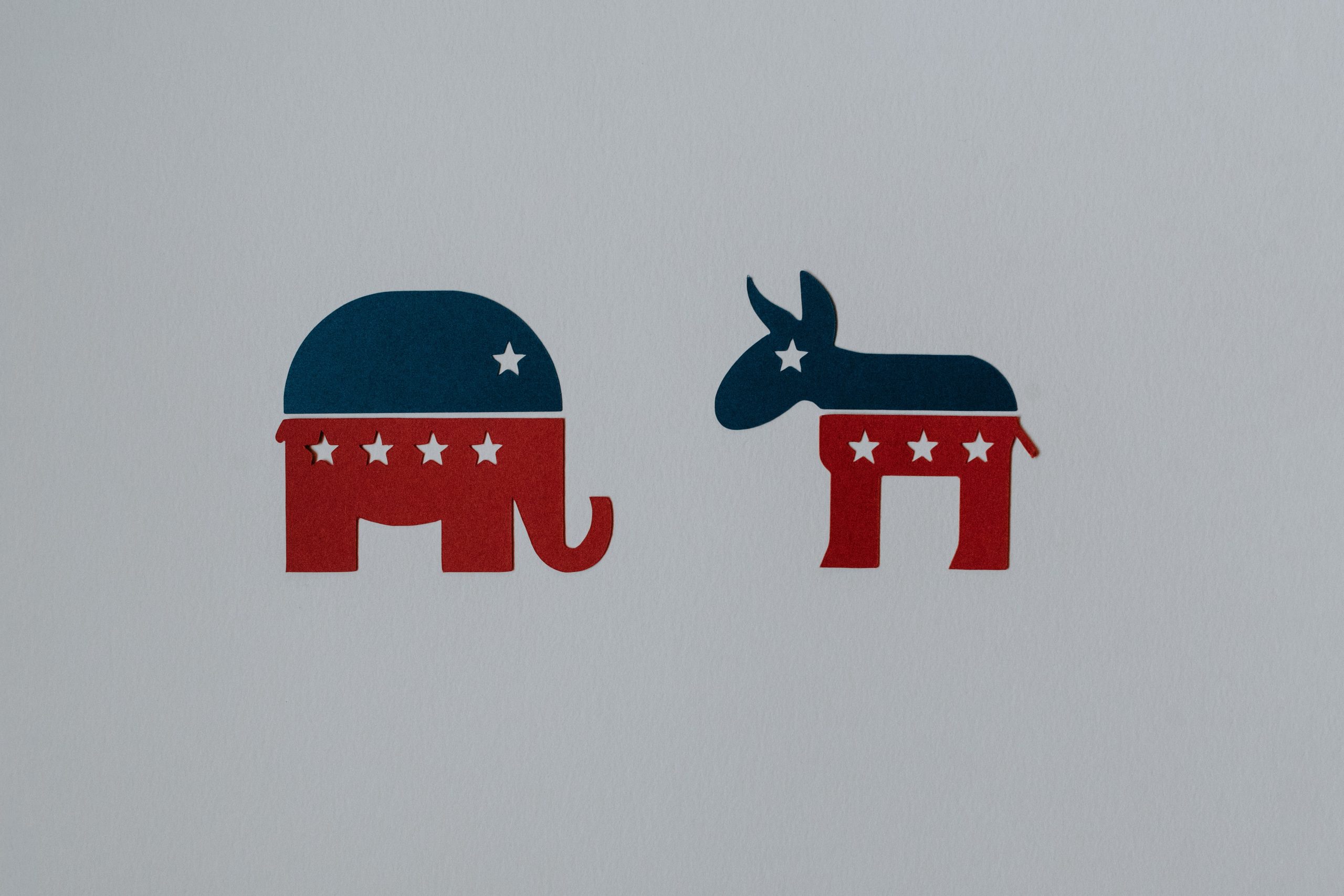
Chris Lange, FISM News
[elfsight_social_share_buttons id=”1″]
Over half of both millennial and Gen Z voters in America consider themselves to be independents, according to a new Gallup poll. In fact, each successive generation is retaining more independents than the generation prior, revealing a growing disconnect between America’s two reigning political parties and unaffiliated voters.
The findings show that 52% of both generations identify as independents, marking a 5% increase in this affiliation among millennials over the past two decades, while the number of Gen Z members who consider themselves to be independent voters has remained relatively unchanged.
The poll identifies millennials as people born between 1981-1996 while Generation Z represents those born between 1997 and 2012.
For comparison, 21% of millennials identify as Republican and 27% as Democrat. Only 17% of Gen Z identifies as Republican and 31% as Democrat.
“Historically, Americans have had weak attachments to the two major U.S. political parties in young adulthood, but as they get older, they usually became more likely to identify as a Republican or a Democrat,” Gallup said in its report. “That historical pattern, evident in the Silent and baby boom generations, appears to be changing. Generation X and millennials, who are now middle-aged or approaching it, have maintained or even expanded their identification as political independents in recent decades.”
The study shows both Republican and Democratic identification is higher among Baby Boomers (1946-1964) and the Silent Generation (1928-1945) than among Generation X (1965-1980) and millennials, who more often identify as independent. Party affiliation, especially with the Republican party, tends to increase with age.
In fact, only one in five adults under the age of 41 currently identify as Republican. Gallup suggests that while Republican messaging has attracted support among older generations over the past few decades, it seems to have had the opposite effect among younger generations.
“Whereas younger generations tend to be more politically independent than older generations, older Americans are much more likely to identify as Republicans,” the report stated. “In fact, Republican identification is most common among the oldest generation of Americans — the Silent Generation, at 39% — and is less common at each lower rung on the generational ladder, down to 17% among Generation Z.”
The biggest takeaway from the data is that each successive generation has seen an increase in independents compared to the prior generation, with the exception of the Silent Generation (26%) and baby boomers (33%) who have maintained the historical pattern of decreased numbers of independents corresponding conversely with age.
“For example, the 44% of Generation X (now aged 42 to 57) that currently identifies as independent is 10 points higher than the 34% of baby boomers who said they were independents in 2002 (when they were aged 38 to 56),” Gallup explained.
These emerging generational patterns of party identification help explain why independent identification has reached levels in the past decade never seen before in Gallup polling. Since 2011, 40% or more of U.S. adults have identified as political independents in nearly every year. Before that year, that level had never been reached.
Moving beyond a cursory glance at all of the demographics and percentages, the data suggests that both Democrats and Republicans are failing, rather spectacularly, in their messaging.
Gallup concludes that the overall population trends are indicative of a growing “disconnect” between politicians and voters.
“These population trends appear at odds with the political parties’ actions, as they have seemingly tried to appeal more to their own bases than to the larger group of unaffiliated voters,” Gallup wrote. “This disconnect may explain low levels of trust in government and poor views of both parties in general.”
